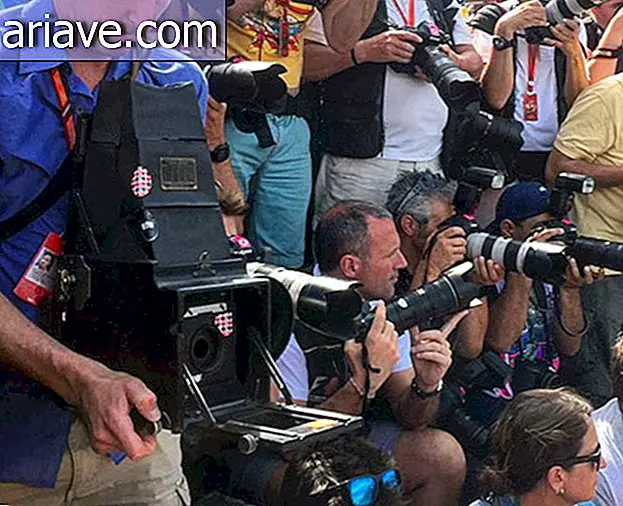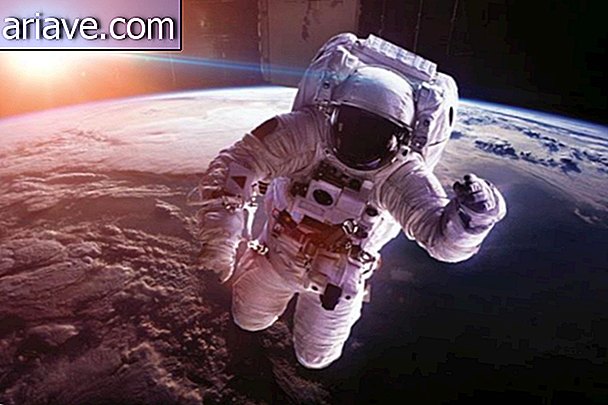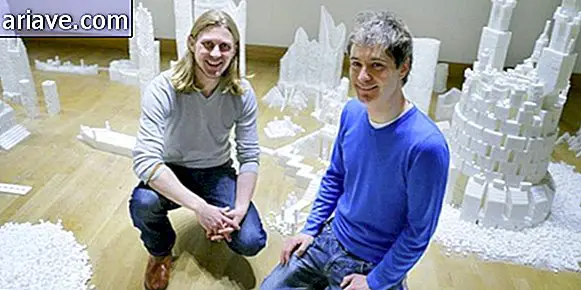Sputnik, the first artificial satellite, celebrates its 60th anniversary
Exactly 60 years ago, Earth's first artificial satellite was launched from southern Kazakhstan by the Soviet Union and caused not only a technological revolution in the world, but also the beginning of the Space Race, the hardening of the Cold War and the creation of the National Space Agency. North America, NASA.
We are talking about Sputnik 1, the simple satellite operated by the Soviet space program that was extremely important for scientific advances in space. The device was a metal sphere with four antennas for radio communication. It was about 58 centimeters in diameter, weighed just under 84 pounds and was launched into an elliptical low Earth orbit at 4:28 pm EDT on October 4, 1957.
Oct 4, 2017: Sixty years ago today, the Soviets successfully launched Sputnik. A triumph of science, technology, & ambition.
- Neil deGrasse Tyson (@neiltyson) October 4, 2017
Simple but important
This unease started the Space Race, a competition between the United States and the Soviet Union for technological supremacy in the quest for mastery of space exploration, and the creation of NASA.
This sphere contained a radio transmitter whose waves were emitted by the two antenna pairs at a frequency ranging from 20, 005 to 40, 002 MHz, and were captured by amateur radio throughout the planet during their flight, which lasted until January 4, 1958, when reentered the earth's atmosphere and was pulverized by friction.
The successful launch of Sputnik sparked the so-called "Sputnik Crisis" event, a wave of dissatisfaction among Western countries - and aligned with the United States during the Cold War - generated by the positive results of the Soviet space program., showing that the bloc was much more technologically advanced than the capitalist countries.

This unease began the Space Race, a competition between the United States and the Soviet Union for technological supremacy in the quest for mastery of space exploration, and the creation of NASA, an organization focused on that goal. Just two years after Sputnik was launched, the USSR placed the first man-made object on the lunar surface (the Luna 2 mission) and, four years later, took the first human to space, cosmonaut Yuri Gagarin.

Knowing more
A lot of information was captured by Soviet scientists from data provided by Sputnik, although the satellite has no sensors. Using the device's aerodynamic drag data, it was possible to calculate the density of the outside of the earth's atmosphere, while radio wave propagation indicated how the ionosphere behaved.
Sputnik's birthday event was remembered by astrophysicist Neil deGrasse Tyson on his Twitter account, which called the mission "a triumph of science, technology and ambition." Ah! For those curious, Sputnik is a Russian word meaning "satellite" or "mate."











